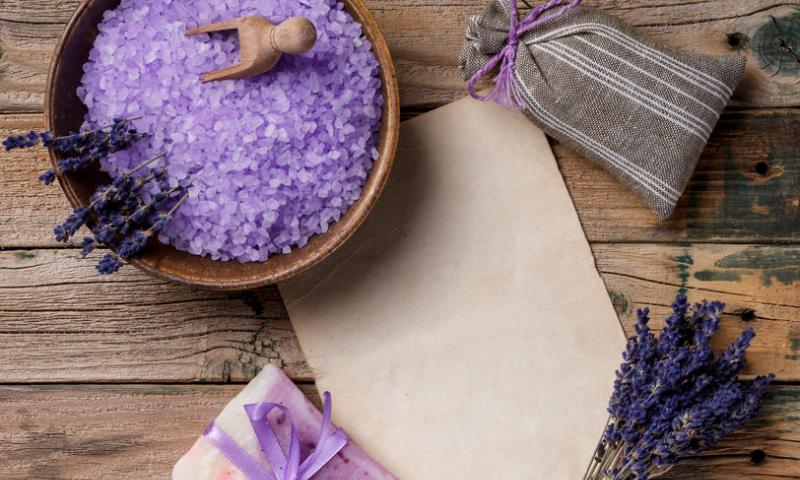 />
/>
Latin name: Lavandula angustifolia
Family: Lamiaceae
Common Names: lavender most commonly true lavender or English lavender, though not native to England; also garden lavender, common lavender, narrow-leaved lavender
Origin: native to the Mediterranean (Spain, France, Italy, Croatia)
Distribution Area: it has been widely introduced outside the origin area and is frequently found in cultivation all over Europe
It is a strongly aromatic shrub growing as high as 3.3 to 6.6 ft tall. The leaves are evergreen, 0.79–2.36 inches long, and 0.16–0.24 inches broad. The flowers are pinkish-purple (lavender-colored), produced on spikes 0.79–3.15 inches long at the top of slender, leafless stems 3.9–11.8 inches long.
TRUE LAVENDER COMPOSITION
- essential oil (60% linalyl acetate)
- organic acids (acetic, caproic, valerian, ursolic, oily)
- terpenic alcohols (borneol, geraniol, cineol)
- tannins
- coumarins
- phytosterols
- flavonoids
- bitter principles
- resin
ESSENTIAL LAVENDER OIL
Lavender essential oil is obtained by distillation with water vapor. It is a liquid of yellow-green color, bitter to taste, with a pleasant scent of lavender. The main production is concentrated in Italy, Bulgaria, Moldova, France and Russia. First of all, oil is valued by terpene alcohol linalool.
“She does love lavender because it’s the color of transformation”
Felicity Huffman
*This article is for informational purposes only. We suggest consulting with a physician before using these or any other herbal supplements.
